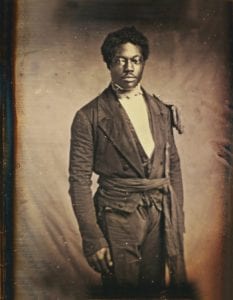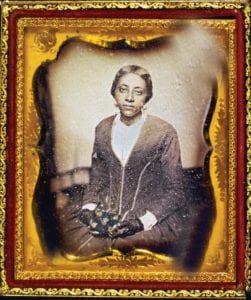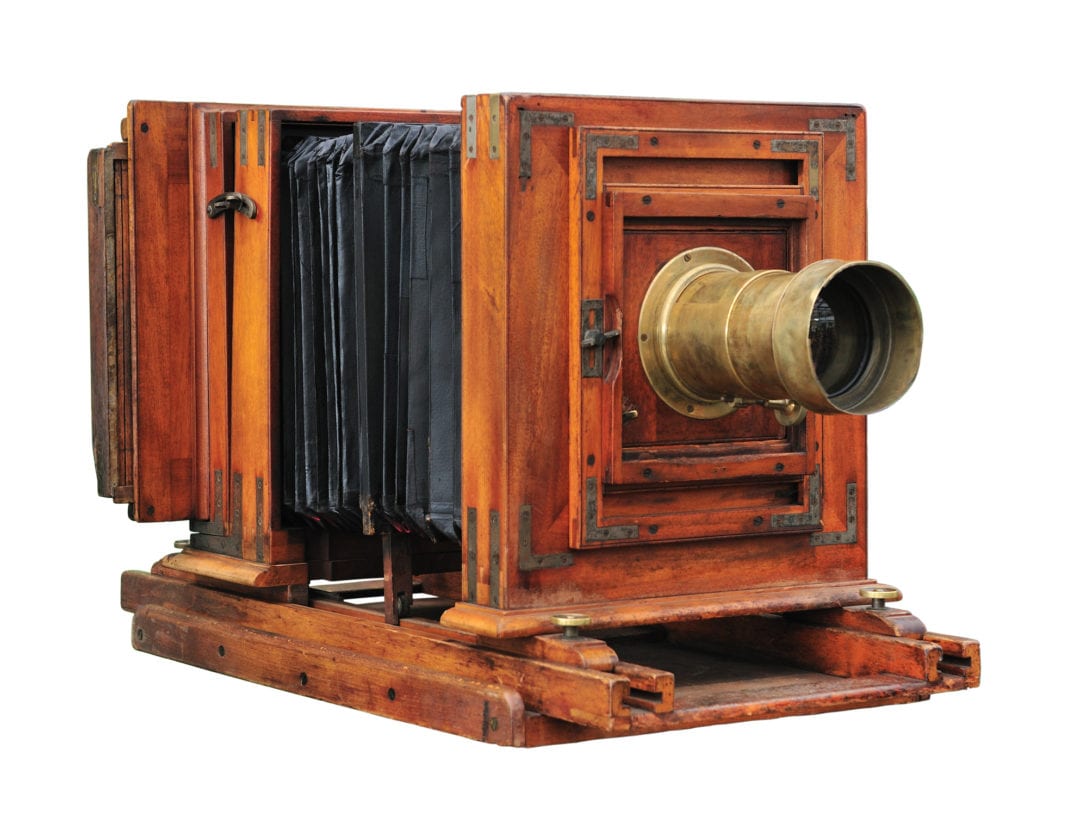Augustus Washington became one of the only historically documented African American daguerreotypists using the first commercial photographic process, invented in 1839, to develop pictures on a silver surface sensitized with iodine exposed to mercury vapor. Washington, a great photographer and educator, utilized this method to document the lives of the Liberian middle class after he emigrated there in 1852.
Born in Trenton, New Jersey on September 21st, 1820, ironically, Washington remains faceless despite his countless contributions to the field of photography. His father was a former slave and his mother was from South Asia. However, after his mother passed away when he was just a boy, Washington was raised by his stepmother who was also a former slave. Growing up in Trenton, Washington received a good elementary education, but a lack of finances hindered his ability to obtain education further down the road.

During the year 1836 at the age of 16, Washington organized a school and instructed African American children in New Jersey’s capital city. With the financial support of many abolitionist friends, Washington was able to continue his education. He studied at Kimball Union Academy and Oneida Institute before attending Dartmouth College in 1843 (Washington was among one of the first African Americans accepted into Dartmouth College at the time).
After just one year at Dartmouth College Washington had to drop out due to increasing debt and lack of finances.
“In addition to working at a variety of other jobs, Washington learned the skill of “daguerreotypy” in order to make money to pay for his education.”
-connecticuthistory.org
The daguerreotype method of photography was named after its inventor Louis-Jacques- Mandé Daguerre following its creation in 1839.
In 1844 Washington traveled to Hartford, Connecticut where he became a teacher at the North African School located on Talcott Street. During this time Washington continued to earn an extra income by taking daguerreotypes. In the year 1846 he left his career in education and opened one of the very first daguerreotype studios in Hartford, and by 1850 his studio was considered one of the best in the area. Washington was praised for his amazing service, treating each customer with a high level of service.
While Washington saw great success with his business, he worried about the future for African Americans in the United States. He had a feeling that emancipation alone would never remove the shackles that American society put on its African American citizens. In 1853, he moved with his wife Cordelia and his two small children, to the West African nation of Liberia.
“Once in Liberia, Washington opened a daguerrean studio and prospered. He later enlarged the scope of his business by traveling to Sierra Leone, the Gambia, and Senegal, operating temporary studios in each.” -npg.si.edu

Washington became convinced that he needed to focus on developing his nation’s agricultural resources; an ambition that led him to become one of Liberia’s main sugarcane farmers.
In tandem with this, Washington also partook in Liberia’s political affairs by serving in both its Senate and House of Representatives. Washington never once regretted his move to the nation of Liberia and lived a great life until he passed away on June 7th, 1875. His death was considered a severe loss to Western Africa.





